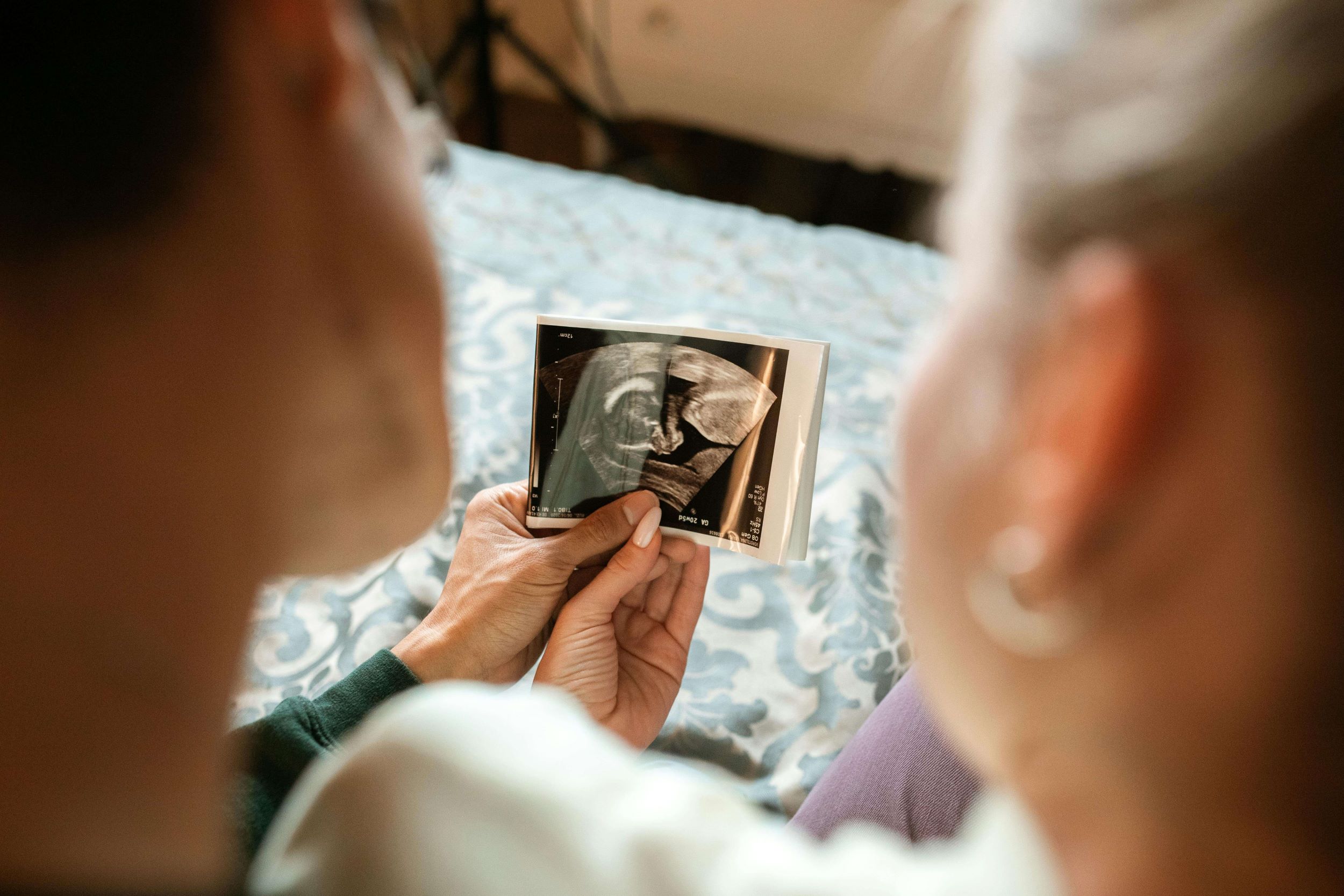Several adverse perinatal outcomes have been reported to be associated with Assisted Reproductive Technology (ART) treatment and conception, such as preterm birth, low birthweight and birth defects.
It's still unclear how much of this risk is related to the underlying subfertility of couples seeking fertility treatment, or the ART treatments themselves. Therefore this study will be examining the underlying differences between the sub fertile couples who conceive naturally, sub fertile couples who conceive using ART or non-IVF ART, and fertile couples, to answer the below research question:
Disentangling whether specific adverse pregnancy and child health outcomes associated with ART conception are more likely to be related to pre-existing medical conditions, lifestyle factors or underlying sub fertility in the couples seeking treatment, or to the treatments themselves.
As part the requirements to join ORIGINS, the standard antenatal paperwork used at Joondalup Health Campus has been reviewed and extended, so that a Mother's Health Questionnaire and a Father's Health Questionnaire are now collected from couples at their first antenatal clinic visit, with the Mother's Health Questionnaire now including more comprehensive details about fertility.
Access to this data means the study can examine sub fertile couples who conceive naturally versus couples who seek fertility treatment in order to conceive, as the former may have different pre-existing medical condition and diet/lifestyle factors. This important baseline data describing any underlying differences between these groups, would be particularly useful for future funding applications where researchers seek to examine pregnancy and child health outcomes across such conception groups.
This study would also provide information on the use of Ovulation Induction (OI) and Intra-Uterine Insemination (IUI) to conceive, outside ART clinic settings. There is currently no information recorded on births resulting from these treatments in Australia so there is very little data available to counsel women who may be seeking these treatments.
Within the Joondalup Health Campus population-based sample, study aims to:
- Identify four groups, based on fertility status. Specifically, i) a fertile group; ii) a sub fertile group who conceive naturally; iii) a sub fertile group who conceive using ART; and a sub fertile group who conceive using non-IVF ART.
- Describe and compare the four groups in regard to their demographics, maternal and paternal pre-existing medical conditions, identified causes of sub fertility, hospitalisations during the pregnancy, allergies, mental health and lifestyle factors.
- Document the number and characteristics of the couples using Ovulation Induction (OI) and Intra-Uterine Insemination (IUI) to conceive, outside ART clinic settings.
Investigators
- Dr Michele Hansen at The Kids Research Institute Australia
- Dr Jane Chapple at Fertility North
- Nicole Burger at the University of Western Australia
- Dr Erika Hagemann at The Kids Research Institute Australia

